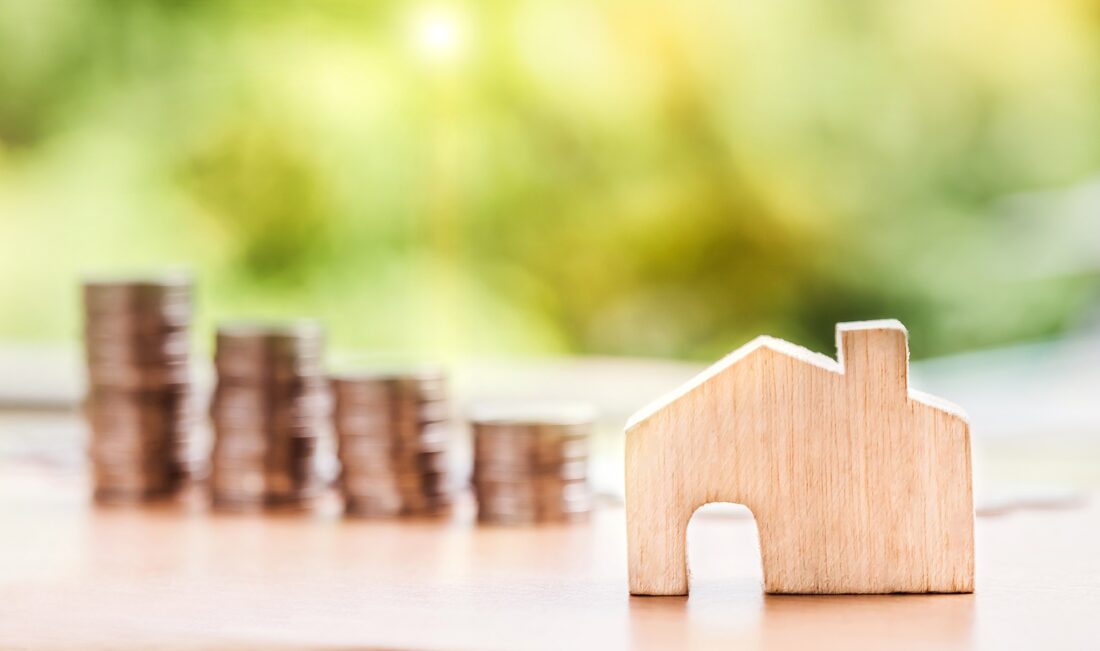More posts:
How to Restore Antique Glassware

Getting your old antique glasses to look like new ones can be complicated. It involves many steps, from cleaning and resilvering to analyzing the refractive index and displaying the glasses.
Cleaning
Knowing how to clean your ancient glass is essential for preserving its beauty, whether you are a collector or want to exhibit your prized glassware. However, the process can be difficult and cause damage. If there are any damages, you should get them fixed right away by glass repairs Houston, TX specialist.
The correct way to clean glass is to use a soft, non-abrasive cleaner. For example, dish soap, distilled water, and dishwashing liquid can be used. These ingredients are gentle on metals and are effective at breaking up dirt and grease.
The best way to clean antique glass is to use a soft, lint-free cloth. Dip it into a bowl of distilled water and gently wipe down the surface. You can also soak a glass in warm water and dish soap solution.
If the dirt is stuck on the glass, you can use mild acid or vinegar to break it up. You can also use chamois leather or well-rung-out chamois to remove stubborn stains.
Analysis of Refractive Index
During the past centuries, many useful articles were produced from glasses. Besides the standard measurements of the density and bending strength, the analysis of the refractive index of a glass sample is also important. This information helps determine if the material is suitable for the intended use.
Several methods are available in the market which provides indirect measurements of the refractive index. Some of them require the sample to be immersed in liquid before measurement. Others are based on the structural parameters of the sample. However, these methods limit the accuracy of the samples’ refractive index. Therefore, the proposed method aims to directly measure glasses’ refractive index without requiring structural parameters.
This method has two advantages over traditional methods: measurement accuracy and environmental vibrations robustness. The accuracy of refractive index measurement can reach 5 x 10-4.
Removal of Old Silver
A cleaning solution can be a good way to remove old silver from antique glasses. The solution works quickly and doesn’t harm the environment.
A good solution is made of food-grade ingredients. You can find this product at many fabric stores. It would help to have a large container to soak your silver in.
You can also apply a baking soda bath to soften the tarnish. Again, it would help if you used aluminum foil to make this work. You can then polish the silver with a soft cloth.
Some people also use toothpaste. If you do, use a microfiber cloth to rub it onto the silver. Once the tarnish has been removed, rinse the silver with clean water. If the tarnish is still stubborn, you may need to apply more baking soda.
Resilvering
Whether you have an antique mirror or a glass piece, try resilvering it. Silvering is a chemical process that applies a thin layer of silver to the surface of a glass. It is a technique that has been used for centuries.
You should be aware that resilvering your mirror can be expensive. It is common for mirror resilvering to cost around $15 per square foot.
This process is a complicated one and requires the use of toxic chemicals. However, resilvering a mirror is well worth it.
The first step to resilvering your mirror is to clean it carefully. You should also remove the protective silver backing. This will allow you to reapply the silver layer.
Next, you need to apply the silver leaf. You can apply it in several places on the mirror. This will help to cover any scratches or cracks in the silver layer. You should use a soft felt cloth to smooth out any wrinkles.
5 Tips for Investing in Fixer-Upper Properties

Fixer-upper properties can be a great way to get into the real estate market. They can be purchased for much less than their full market value, and the profit potential is huge.
However, investing in fixer-upper properties can also be tricky. There are many costs that you may not be aware of, and there are a lot of hidden problems that could arise.
Fortunately, today’s guide is here to help. We’re now going to look at some of the best tips for investing in fixer-upper properties.
Know what you’re getting into
The first and most important tip is to make sure that you know what you’re getting into. Investing in a fixer-upper property is a big commitment, and it’s important to understand all the risks and rewards that come with the process.
This means researching and finding out as much as possible about the property before you make a purchase. You should also factor in the potential costs of renovations, materials, and labour.
Get a professional inspection
Before making a purchase, it’s important to get a professional inspection. This will help identify any potential issues with the property and ensure it’s a worthwhile investment.
It’s also a good idea to get a contractor to look over the property as well. This will give you a better idea of the costs associated with the renovations and help identify any potential issues before you make a purchase.
Budget for hidden costs
The next tip is to budget for hidden costs. This means taking into account all of the potential costs that may arise during the renovation process.
This could range from the cost of materials and labour to any permits or even landlord insurance that may be required if you are letting in the interim. It’s crucial to factor in any potential hidden costs before making a purchase, so you’re not caught off guard later.
Secure financing
It should also go without saying that you will need to secure financing before you make the purchase. This will ensure you have the money you need to complete the project and make a profit.
There are several different financing options available, so make sure you research and find the best one for your situation.
Be prepared for the market
Finally, it’s important to be prepared for the market. Once you’ve completed the renovations, you will need to find a buyer for the property. This means researching and finding out as much as possible about the market to get the best price for your property. On some occasions, this may even involve holding tight for a few months – just so the market can settle and you can get the best price for all the renovations you have invested in. A quick look at the recent sold prices in the area and conversations with local estate agents will help you no end.
